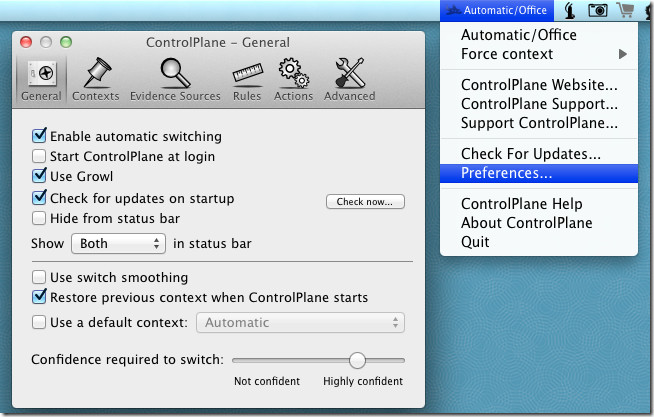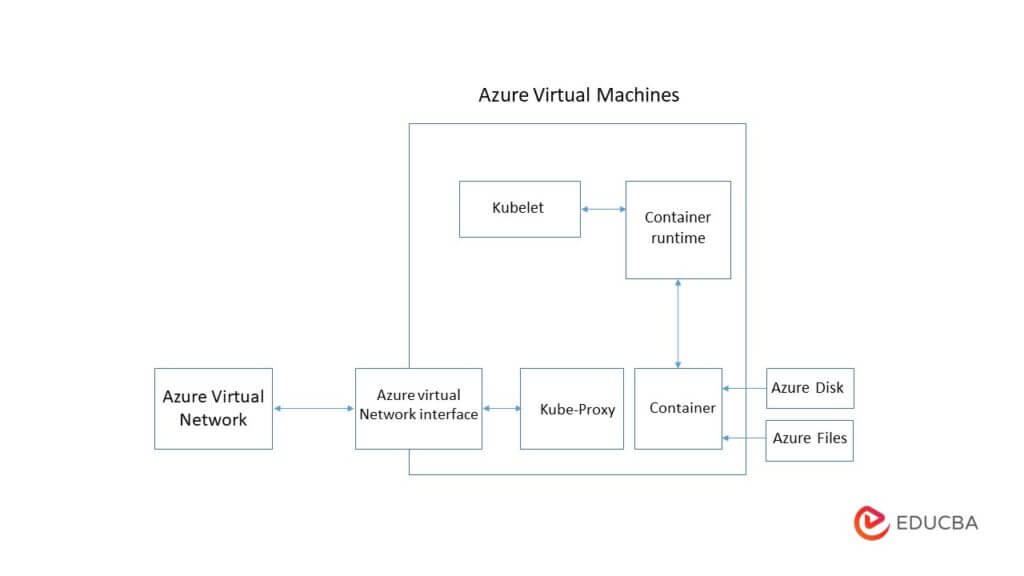

- #Based on controlplane appl how to
- #Based on controlplane appl full
- #Based on controlplane appl code
#Based on controlplane appl full
See the Kubernetes docs for more details.Start with full visibility into all dependencies from containers during the build, deploy and run phases. If two or more are marked as default, each PersistentVolumeClaim must explicitly Note: At most one storage class should be marked as default. To provision PersistentVolumes, we have to ensure that theĭesired storage classes have been created in the cluster. SSDs, along with network backed storage such as NFS, iSCSI, and CephFS. Typically include volume types for mechanical drives and The volume classes are extensive and vary by cloud provider, but they The cluster with shared storage, and/or volumes for Pods. Kubernetes storage provides data persistence for Network ( projectName, ) export const subnetworkName = subnet. Provisioned with pulumi/eks and is configurable.Ĭonst network = new gcp. This plugin is deployed byĭefault on worker nodes as a DaemonSet named aws-node in all clusters Workers without associating a public IP address is highly recommended - itĬreates workers that will not be publicly accessible from the Internet,Īnd they’ll typically be shielded within your VPC.ĮKS will automatically manage Kubernetes Pod networking through If no private subnets are specified, workers will be deployed into the public If some need to be removed, the change is accomplished with a Pulumi update.īy default, pulumi/eks will deploy workers into the private subnets, if If these need to be updated to include more subnets, or Intend to use into the cluster definition. To ensure proper function, pass in all public and/or private subnets you In order to determine which subnets it can provision load balancers in. Kubernetes requires that all subnets be properly tagged,
#Based on controlplane appl how to
In Identity we demonstrate how to create typical IAM resources for use in Kubernetes.


#Based on controlplane appl code
The full code for this stack is on GitHub. See the official Kubernetes docs for more details.

Their managed offering, Google Kubernetes Engine (GKE), offers an While it is possible to provision and manage a cluster manually on GCP, In order to run container workloads, you will need a Kubernetes cluster.


 0 kommentar(er)
0 kommentar(er)
